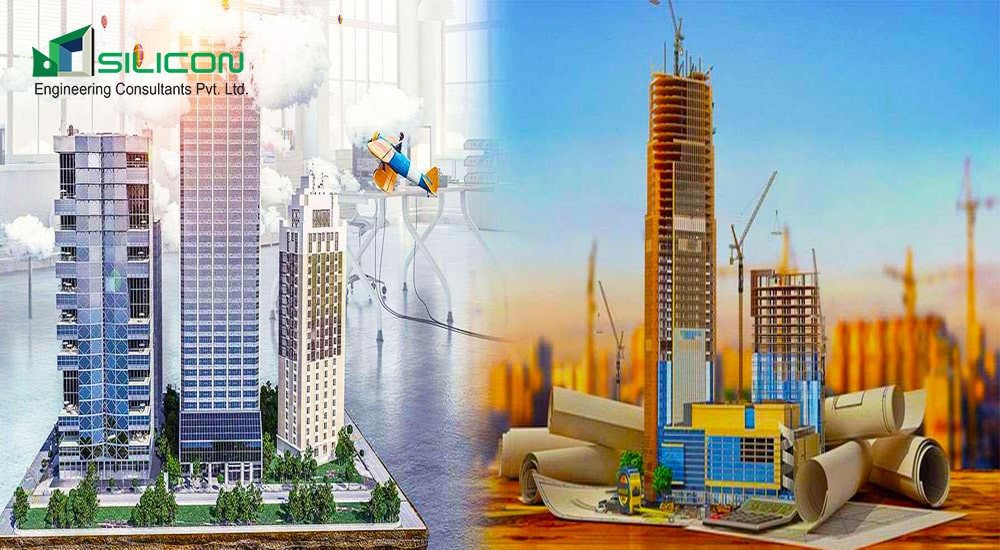
The construction industry is evolving rapidly, and Precast Detailing Services are at the forefront of this transformation. As technological advancements and changing project demands reshape how we approach construction, staying informed about emerging trends in precast detailing is essential for architects, engineers, and contractors. Here are some key trends to watch that are likely to influence the future of precast detailing.
1. Integration of Building Information Modeling (BIM)
One of the most significant trends in precast detailing is the integration of Building Information Modeling (BIM). BIM allows for a digital representation of physical and functional characteristics of a project, enabling better collaboration among stakeholders. With precast detailing becoming increasingly integrated into BIM workflows, the potential for improved accuracy, efficiency, and coordination is enormous. This trend will facilitate real-time updates and changes, reducing errors and saving time on-site.
2. Advancements in 3D Printing Technology
3D printing is gaining traction in various construction sectors, including precast detailing. The ability to produce precise molds and components using 3D printing technology can streamline the precast process, allowing for more intricate designs and reduced material waste. As this technology continues to advance, we can expect to see more customizable and efficient precast elements entering the market.
3. Emphasis on Sustainability
Sustainability is no longer just a buzzword; it is a critical consideration in construction. Precast concrete can play a significant role in sustainable building practices due to its durability and energy efficiency. Future trends in precast detailing will focus on optimizing designs to minimize waste and incorporating recycled materials. Moreover, energy-efficient precast systems, such as insulated precast panels, are likely to become more prevalent, aligning with green building certifications like LEED.
4. Modular Construction and Prefabrication
Modular construction is revolutionizing the building process by allowing for off-site fabrication of building components. Precast detailing services are well-suited to this trend, as they can facilitate the production of modular units that are then assembled on-site. This approach not only speeds up construction timelines but also enhances quality control. As the demand for modular solutions increases, precast detailing will play a crucial role in the design and execution of these projects.
5. Enhanced Software Solutions
The future of precast detailing will see the continued development of specialized software tools designed to improve the detailing process. These tools will offer advanced features such as automated clash detection, integrated project management, and enhanced visualization capabilities. By leveraging these technologies, precast detailers can create more accurate and efficient models, leading to better project outcomes.
6. Collaboration through Cloud-Based Platforms
The rise of cloud-based collaboration platforms is transforming how teams communicate and share information. In precast detailing, these platforms allow for seamless sharing of designs, revisions, and project updates among architects, engineers, and contractors. This level of collaboration not only enhances transparency but also ensures that everyone is on the same page, reducing the likelihood of costly mistakes.
7. Focus on Safety and Quality Control
As the construction industry places greater emphasis on safety and quality, precast detailing will evolve to prioritize these aspects. Future trends will likely include the adoption of more rigorous quality assurance protocols and safety measures during the detailing and manufacturing processes. Enhanced training programs for precast detailers will also be essential to ensure that safety and quality standards are met consistently.
8. Use of Artificial Intelligence (AI) and Machine Learning
AI and machine learning are poised to change the landscape of precast detailing. These technologies can analyze vast amounts of data to predict project outcomes, optimize designs, and identify potential issues before they arise. As AI becomes more integrated into the precast detailing process, it will enhance decision-making, improve efficiency, and ultimately lead to better project performance.
Conclusion
The future of precast detailing is bright, with numerous trends set to redefine how the industry operates. By embracing advancements in technology, sustainability practices, and collaborative approaches, precast detailing services can continue to deliver high-quality solutions that meet the evolving needs of the construction sector. Staying ahead of these trends will be crucial for professionals in the field, ensuring they remain competitive and responsive to the demands of modern construction. As we look forward, the integration of innovative practices will undoubtedly shape a more efficient and sustainable future for precast detailing.





